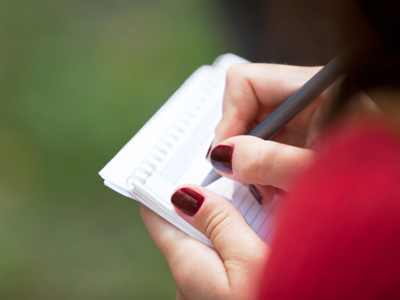
Writing Reports
Report writing is concerned with writing a document that gives information about an investigation, research or any other subject where facts are important. For example, your teacher could ask you to write a report about the leisure facilities that are available in your home town. Report writing is a formal style of writing and reports have to be written in a particular format. Here is a typical report format:
- Title page
- Acknowledgements
- Contents
- Summary
- Introduction
- Methodology
- Results
- Discussion
- Conclusion and Recommendations
- References
- Appendices
Note: Some of these sections will not be needed in reports that you do at school. Do this 11-plus English quiz and learn about report writing.
Ready for more?
not all...
quizzers. Try to win a coveted spot on our Hall of Fame Page.







